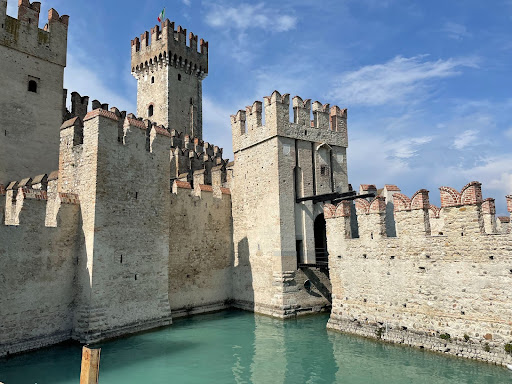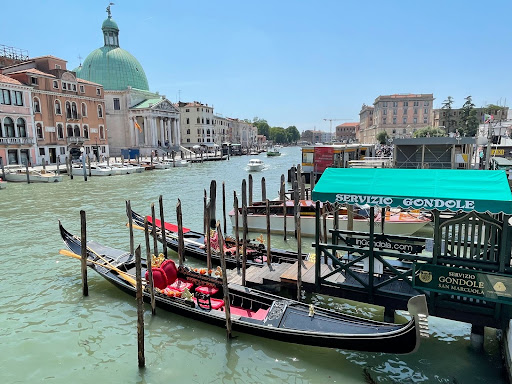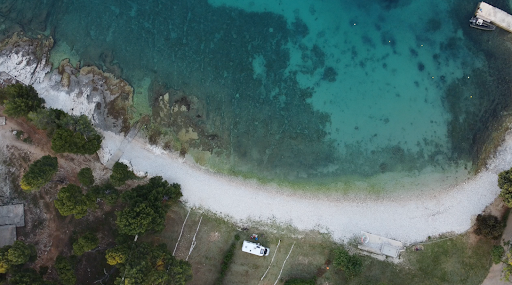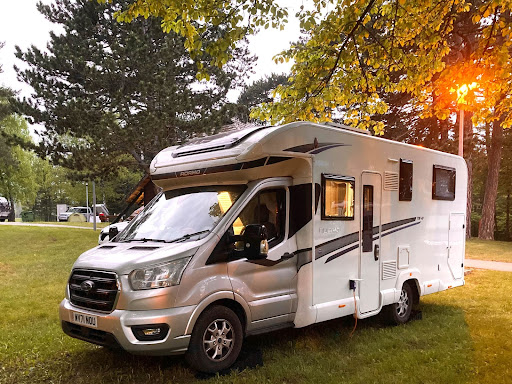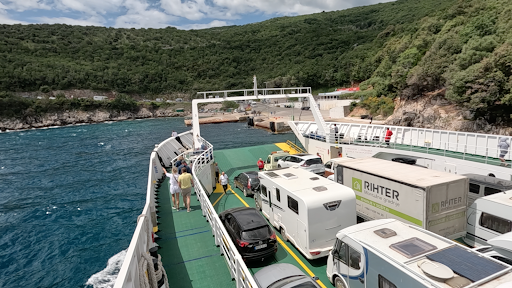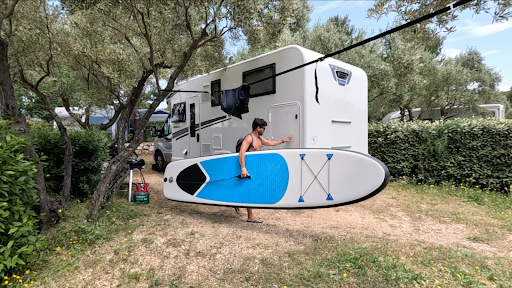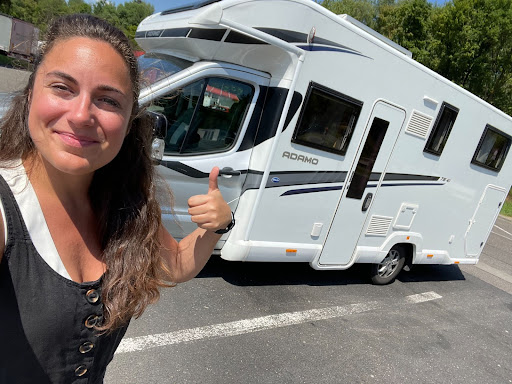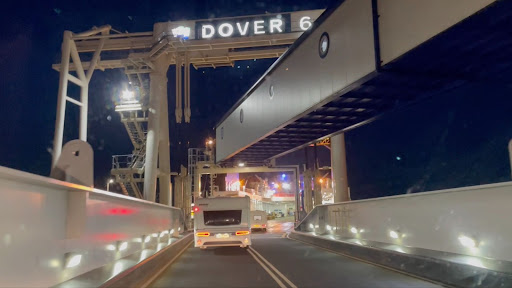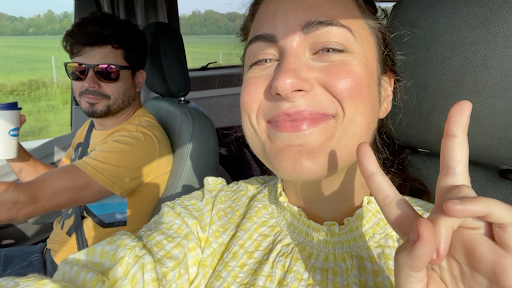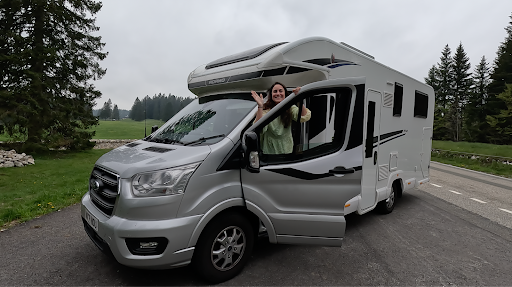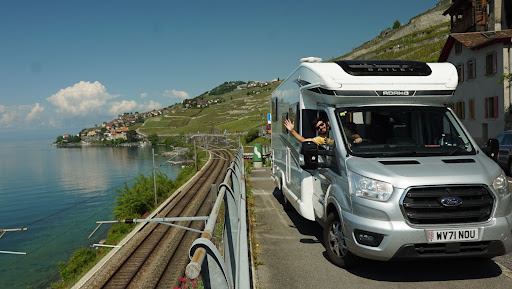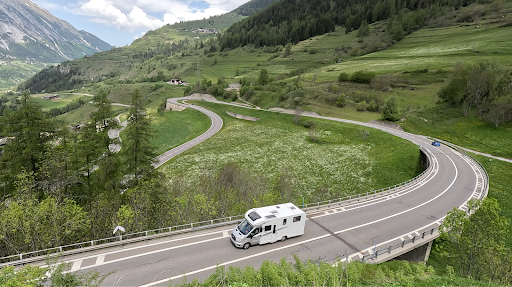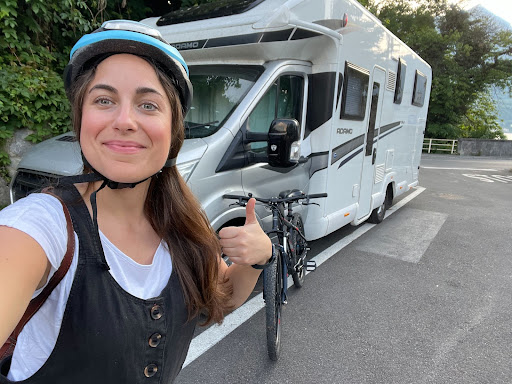Hi! We’re Laura and Rodrigo, a Spanish and Portuguese couple who have been living in the UK for over ten years. For our summer holiday this season, we had our hearts set on visiting somewhere warm, but we were also looking to try something new.
So, we had a fantastic idea: a motorhome road trip through some of the most iconic places on the continent. We’ve been on car and motorbike road trips before, but this would be our first ever motorhome tour.
Bailey of Bristol gave us the Adamo 75-4I to drive across the continent on our tour. With its Ford 2.0 litre, 160 bph engine, we were really lucky to get the chance to take it on an adventure.
We’re very excited to share our experience with you, including our feelings about driving the Adamo through some amazing countries, including France, Switzerland, Italy, Slovenia, Croatia, Austria, Germany and Belgium.
In part one, we covered our first four day, including our preparation and journey from the UK to Lake Como in Switzerland. Continuing our series, part two discusses our experiences between day five and day twelve, travelling from Bellagio in Italy to the Croatian island, Cres.
Day 13: Lake Bled, Slovenia
A little sad to leave Camping Kovacine, we packed our things and started making our journey onward to Slovenia. It’s a very underrated country, which is a shame because it’s so beautiful, with plenty of nature and a rich culture that deserves further exploration.
Slovenia wasn’t as crowded as other places we’d visited along the way, which made for some quiet enjoyment. We stopped at Lake Bled, an unimaginably beautiful location and Slovenia’s headline destination.
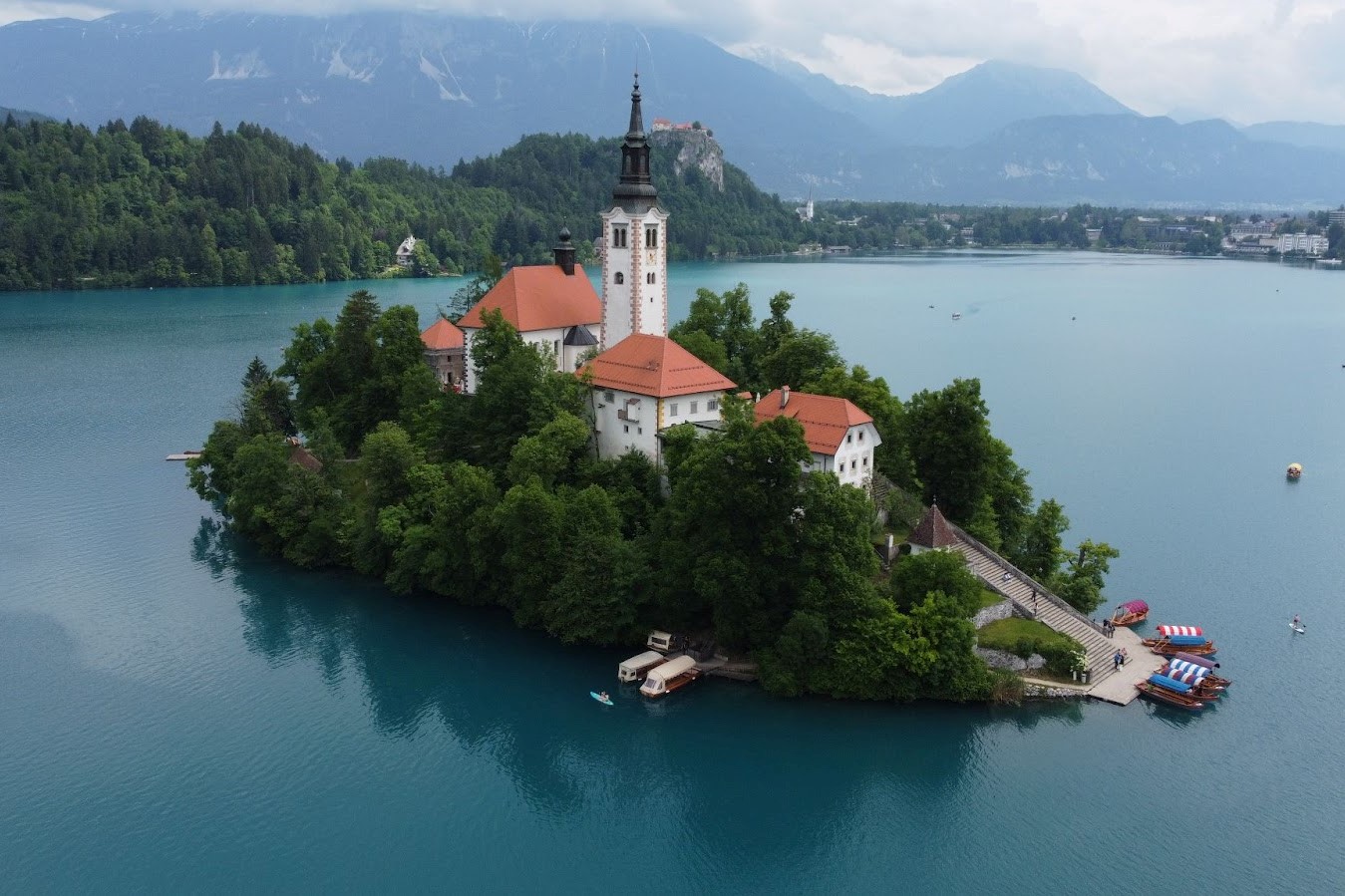
Lake Bled, Slovenia
At the lake, we made the most of the facilities at Camping Bled, one of the many sites across the CAMC international network and located right on the edge of the beautiful, calm water. It can get busy here very quickly, so it’s best to use the CAMC website to book in advance. You’ll also find many other European campsites with discounts and additional benefits.
Cycling around the lake took about an hour, with plenty of stops to photograph the scenery. Here, we met a lovely Slovenian who gave us some insight into the wonderful local culture.
Following a warm shower and grilled fish from the barbecue, we were thinking of our next destination.
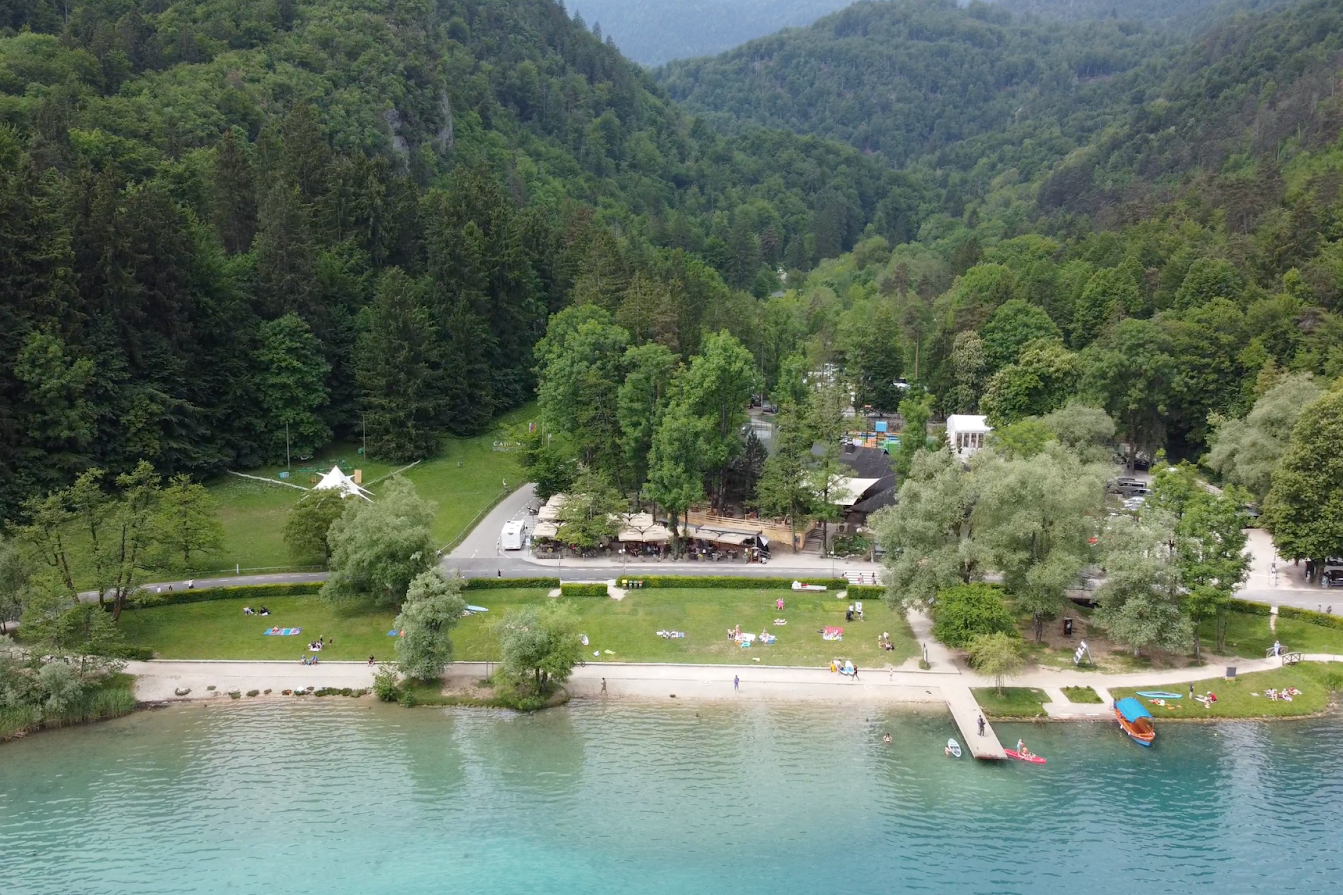
Camping Bled, Slovenia
Days 14 and 15: Stuttgart and Rüdesheim am Rhein
From Lake Bled, we set off on a long journey across the entire country of Austria and most of Germany, until we arrived in Stuttgart to visit a close friend. Finally, a life-long ambition of Laura’s would be realised – eating traditional currywurst. Luckily, she had a seasoned consumer, Rod, to guide her through the process.
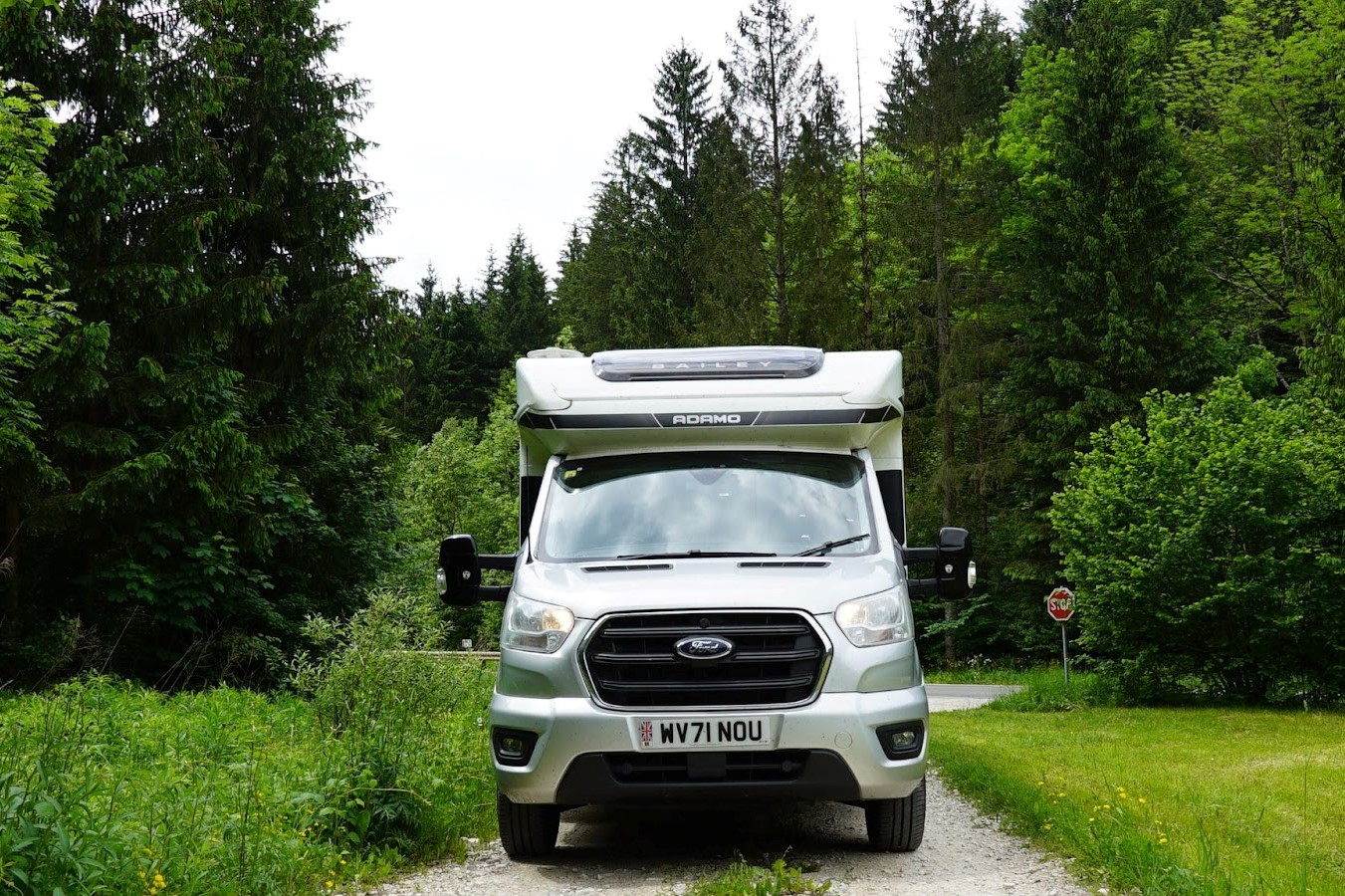
Austria
Then, we made our way to the scenic countryside of Rüdesheim am Rhein. This was the kind of place you could write pastoral poetry about. We crossed the river on a small ferry to enter the beautiful town situated in the valley, a region famous for Riesling wines, which can be enjoyed when you’re parked up for the day.

Ferry across the Rhein, Germany
Once again, we took advantage of the CAMC site network and stayed at Campingplatz am Rhein. There, we bumped into club chairman, Grenville Chamberlain OBE. What were the odds?! You know you’ve chosen a world-class site when motorhome royalty are staying there too.
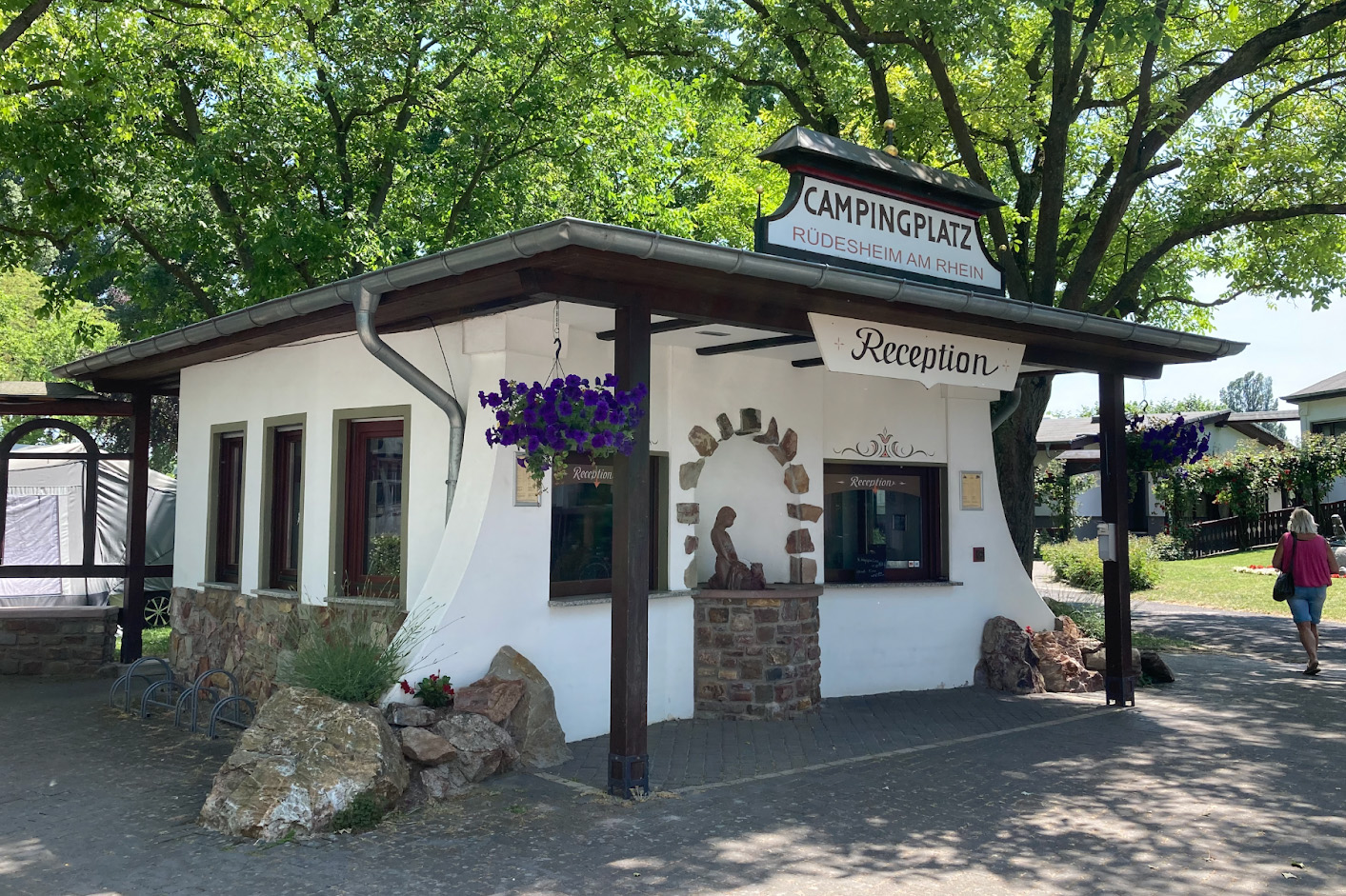
Campingplatz am Rhein, Germany
Rüdesheim has a cable car you can take into town and up the nearby mountains, where the impressive Niederwald Monument stands to commemorate the unification of Germany. The ride also takes you above the vineyards that line the river. Of course, we did some wine tasting. It would have been rude not to!

Rüdesheim am Rhein, Germany
Most importantly, it was here where we ate possibly the tastiest meal of the holiday, the famous Schewinshaxe. This is German pork knuckle, a hunk of impossibly tender, juicy pork on the bone, all wrapped in crispy, crackling skin.
Day 16: Belgium and the Final Night
Knowing our trip was drawing to a close, we powered through a seven-hour drive (with a few stops) before arriving in Bruges without a reservation for the only campsite in town. Unsurprisingly, it was full.
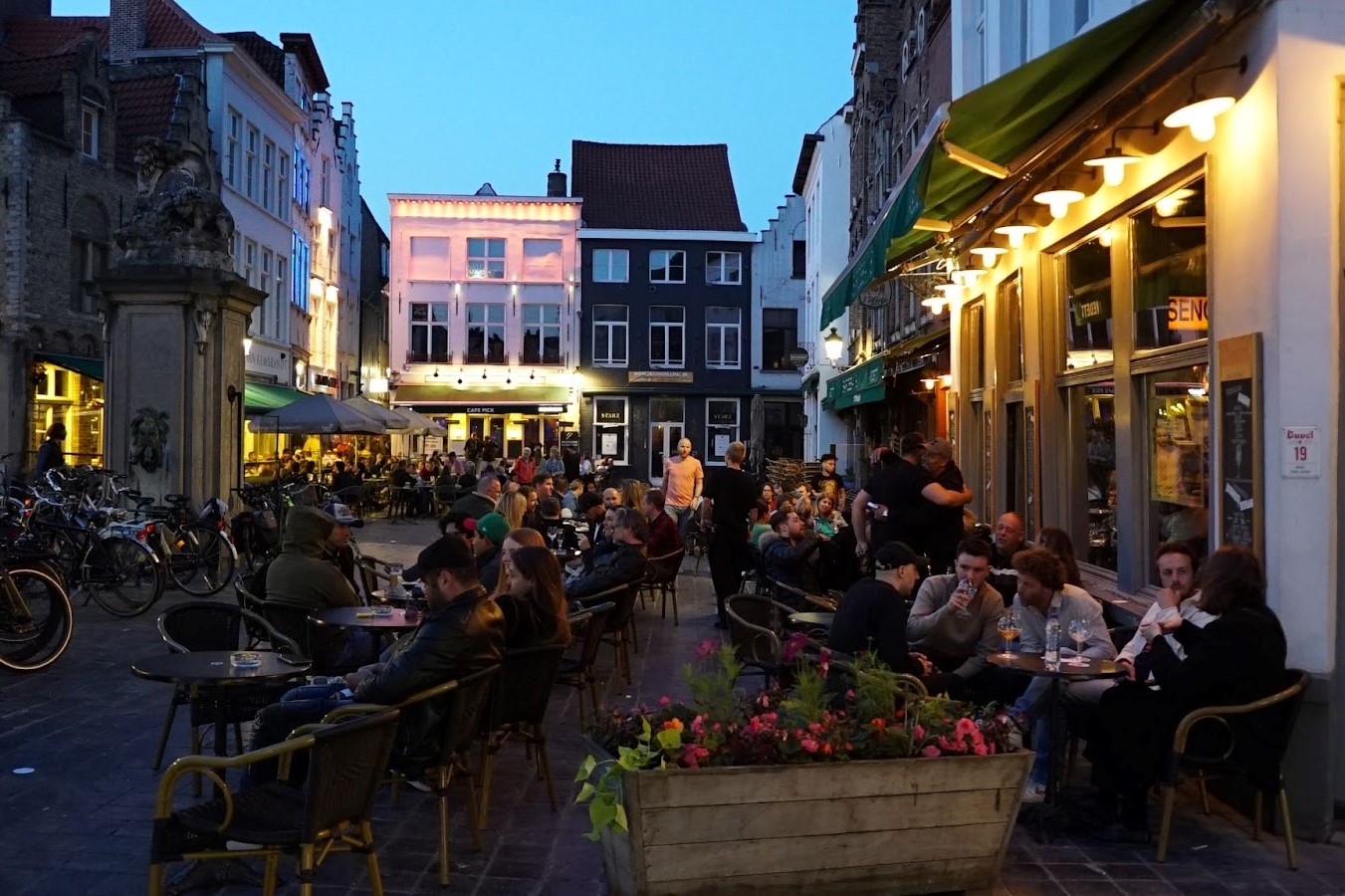
Bruges, Belgium
Taking advantage of a parking app we’d already used on the trip, we found a serviced motorhome park near to the town centre. Unfortunately, it was also full. So, with not much energy left between the pair of us, we set up alongside the R30 highway for the night, nestled between plenty of other leisure vehicles.
Sleeping beside a very busy road wasn’t exactly what we’d imagined for our final night of the adventure, but such are the joys of a touring holiday!
Day 17: The Last Leg
Having spent the night in Bruges, we were well-placed for our final journey, just an hour away from Calais. Our ferry to Dover was at 12.30, giving us time for a coffee and something to eat before we hit the road.
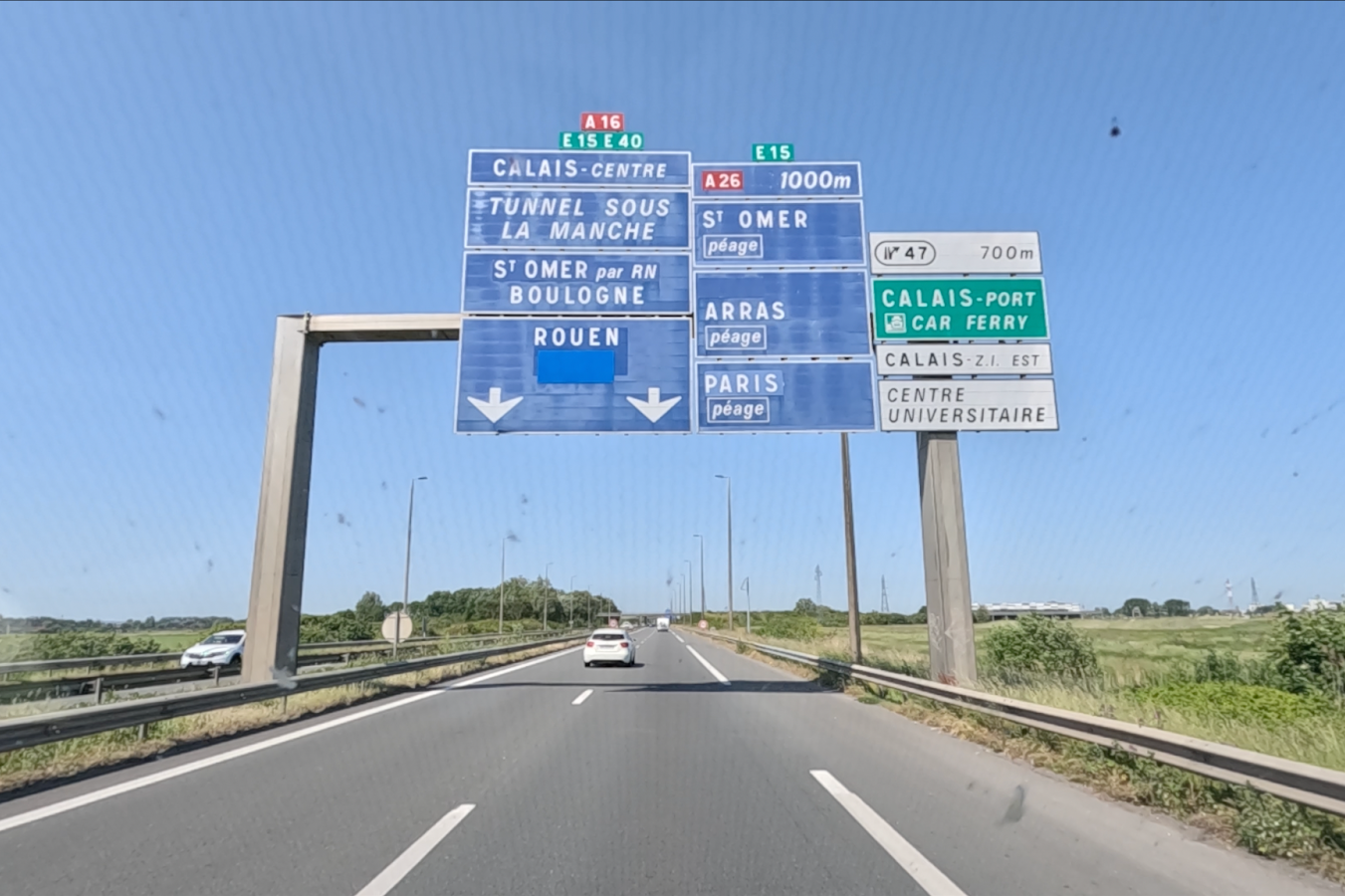
Heading to Calais, France
The crossing itself was simple and quick. Before we knew it, we were back in the UK after more than two weeks of touring across the continent.
Our trip was such an amazing experience. Every concern we had prior to setting off was diminished almost immediately, especially those around the size limitations of the Adamo.
The motorhome was so easy to drive, with a highly responsive engine and a very comfortable cab. The reverse camera and side mirrors made reversing a breeze too.
We covered over 3,000 miles on our journey, traversing mountains, snow, cities, and historic villages. We went swimming, diving and paddleboarding in the ocean. We cycled, walked, experienced different cultures and visited our friends in various European countries.

Ferry crossing from Calais to Dover
Everything we were able to do on our holiday was facilitated by the comfort of having a personal space to sleep, cook and hang out, with its own bathroom facilities, bike storage and all of the diverse equipment necessary for our active lifestyle.
Would we recommend a trip like this? Unequivocally, yes. We’ve provided a timeline with our route, mileage and sleeping locations to help you plan your own European tour.
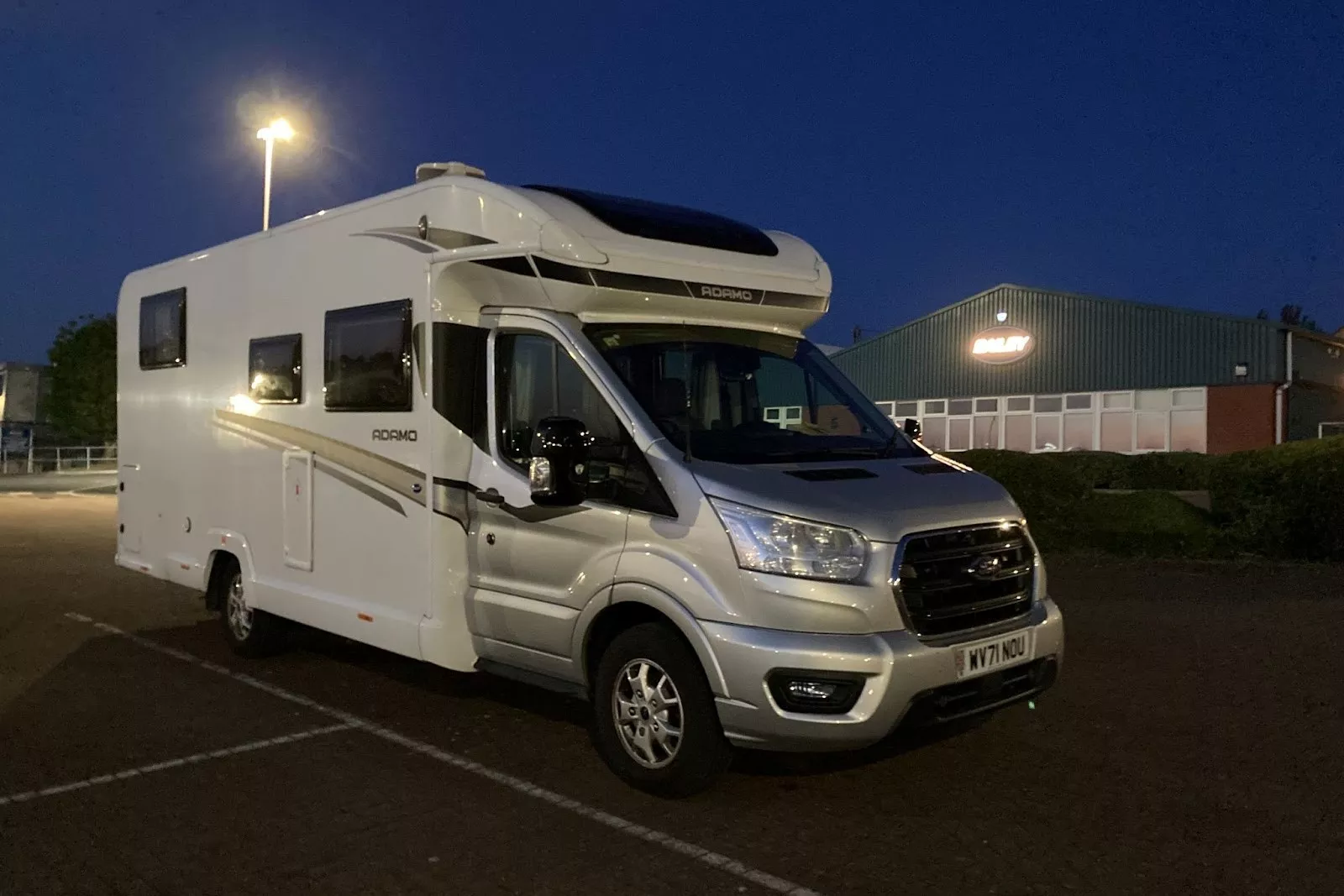
The Adamo back at Bailey HQ
We’d also like to thank Bailey of Bristol for letting us use the Adamo and the CAMC, which offered a lot of help with ferries and campsite bookings, as well as its Red Pennant holiday insurance. We, thankfully, haven’t had to make a claim.
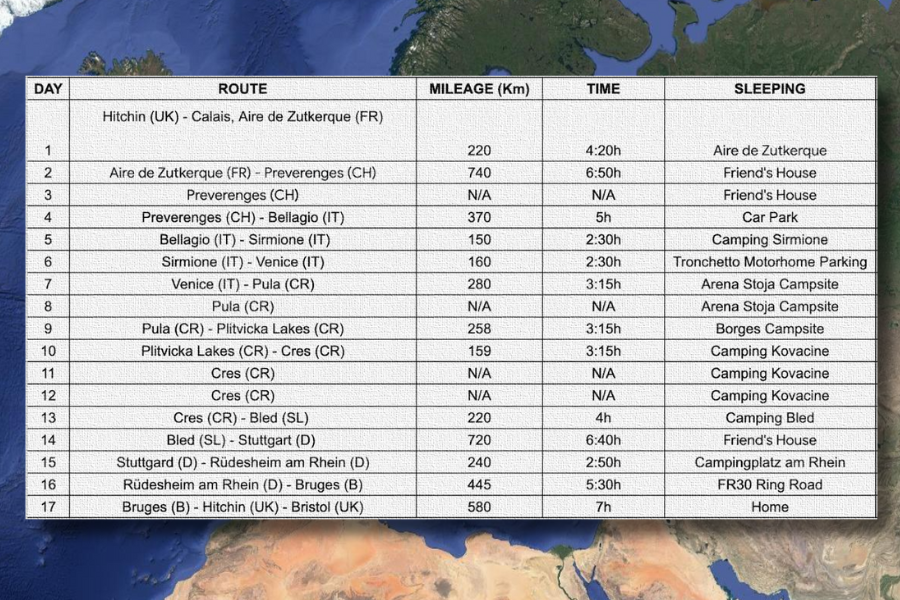
Our route













